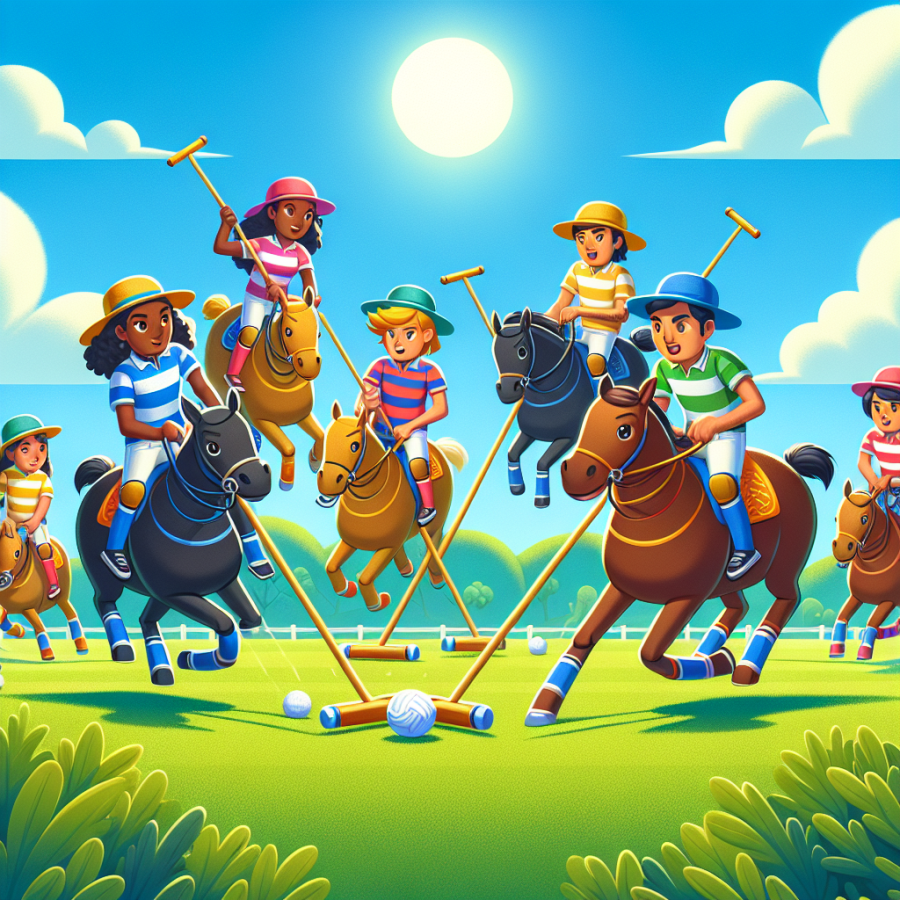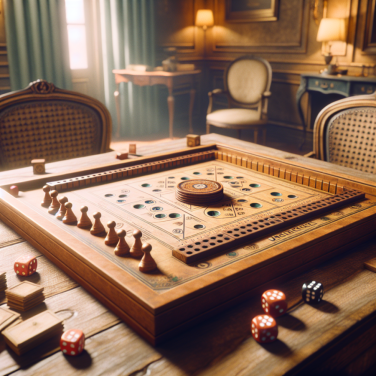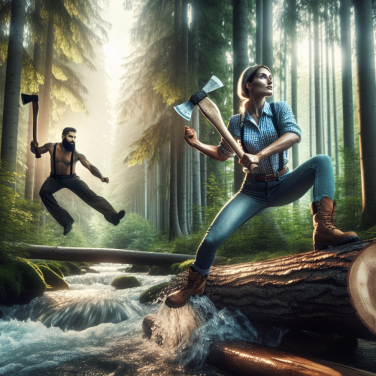Galloping into the World of Hobby Horse Polo: Unleash Your Inner Equestrian
Hobby horse polo might sound like a sport conjured up in a child's imagination, but it is very much a tangible and growing activity enjoyed by enthusiasts across the globe. At its core, hobby horse polo marries the traditional game of polo with the playfulness and accessibility of hobby horses—those delightful stick-mounted horses that many of us remember riding as children.
Let's examine the essential components of hobby horse polo, how to play the game, the community built around it, and the unique benefits that make it an endearing sport for participants.
**Essential Components of Hobby Horse Polo**
Hobby horse polo requires a few key elements to get started. Firstly, a hobby horse is the centerpiece of the equipment. These can range from simple DIY creations to intricately designed and crafted models complete with bridles and custom decorations. Players often spend significant time and creativity personalizing their steeds.
The next crucial aspect is to have a playing field akin to a standard polo field, albeit smaller in scale, which allows teams to compete with enough space for movement and strategy. The field is traditionally divided into two halves with goals at either end where players score.
Additionally, a properly sized polo ball and mallets compatible with the play are required. Hobby horse polo mallets are similar in shape to traditional polo mallets but are designed to be lighter and more suitable for the play-action of hobby-horsing.
**How to Play Hobby Horse Polo**
The gameplay of hobby horse polo is adapted from equestrian polo. Teams are generally made up of three to five riders, each armed with a mallet. The objective is like that of regular polo: to hit the ball into the opponent's goal, scoring points. However, given that players gallop on foot, and not on real horses, the pace and dynamics of hobby horse polo are uniquely its own.
Physical agility, hand-eye coordination, and teamwork are as important here as they are in the equestrian version. The "riders" must maneuver their hobby horse between their legs, 'gallop' toward the ball, and use their mallet to hit it while also coordinating with team members and executing strategic plays designed to outwit the opposing team.
**The Hobby Horse Polo Community**
One of the most striking aspects of hobby horse polo is the inclusive and vibrant community that it fosters. Hobby horse polo enthusiasts come from all ages and backgrounds, drawn together by their shared love for playful competition and equestrian sports.
Read also:
Analyzing Reddit's Debate: Will Soccer Ever Gain Popularity in the US?"
Certainly! If we're to expand a professional blog section following the main article topic "Saddle Up for Fun: The Quirky World of Hobby Horse Polo," it might look something like this:
---
Galloping into the World of Hobby Horse Polo
Imagine the thunderous applause of the crowd, the strategic plays, and the competitive spirit that is typically associated with a traditional polo match. Now, add a twist of whimsical charm by replacing the powerful steeds with handcrafted hobby horses, and you land squarely in the realm of hobby horse polo – a sport that combines the elegance of equestrian polo with the creative zaniness of hobby horsing.
The Rise of a New Sporting Phenomenon
Hobby horse polo has its origins firmly planted in the larger trend of hobby horsing, which skyrocketed to popularity in Finland and has since gained a devoted following around the world. What started as a playful activity for children has evolved into a genuine competitive event for enthusiasts of all ages. It’s not just about galloping with a stick between your legs; it’s a display of dexterity, coordination, and teamwork.
The Basics of the Game
The rules of hobby horse polo are akin to those of traditional polo. Teams consist of players who each "ride" a hobby horse, wielding a mallet to drive a ball towards the opposing team's goal. The match is divided into chukkas, which are brief intervals of play, allowing players to strategize and rest. The field’s size is adapted to accommodate this unique version of polo, typically being smaller to suit indoor or outdoor arenas.
Craftsmanship and Community
Central to the attraction of hobby horse polo is the artistic element: every hobby horse is unique, often handcrafted with materials ranging from wood, fabric, and yarn. The creation of these hobby horses is a labor of love, with players often spending hours designing and building their trusty companions. This customization adds a personal touch to the game, and the variety of designs reflects the diversity and creativity of the players involved.
The Sport for Everyone
Perhaps what is most remarkable about hobby horse polo is the inclusiveness of the sport. It shatters the traditional barriers associated with equestrian polo, such as the need for live horses and the associated costs of care and equipment. Hobby horse polo is accessible to anyone, regardless of economic status or physical ability. This inclusivity fosters a strong sense of community and camaraderie among players.
The Rise of Hobby Horse Polo: A Whimsical Twist on Traditional Sports
In recent years, the sports landscape has witnessed the emergence of a playful, imaginative pastime that's garnering widespread attention: hobby horse polo. This quirky adaptation of traditional equestrian polo captures the charm of the classic sport while making it accessible and entertaining for participants of all ages.
Hobby horse polo combines the fundamental aspects of polo — such as teamwork, strategy, and ball-handling skills — with the lighthearted appeal of mounted games using hobby horses, the stuffed fabric horse heads attached to sticks that many will remember from their childhoods. This whimsical version takes away the need for real horses, reducing the cost and space required and making the sport more inclusive and versatile.
Participants, often referred to as "hobbyists," can be seen galloping about an improvised field or court, wielding their hobby horses with as much passion as any polo player on horseback. The sport requires players to navigate their stick-based steeds while manipulating a ball with a mallet, aiming to score goals against the opposing team.
One of the most captivating elements of hobby horse polo is its unique blend of athleticism and creativity. Despite the sport's humorous undertones, players must demonstrate coordination, agility, and endurance. The game is physically demanding, requiring swift movements and sharp reflexes. Furthermore, the creation and customization of the hobby horses themselves allow for a personal touch in the attire and presentation of the players and their mounts.
The rise in popularity of hobby horse polo has been bolstered by social media and online communities, where enthusiasts share tips, organize local meet-ups, and plan international competitions. These platforms have proven essential in transforming hobby horse polo from a fringe pastime to a sport with a cult following and a growing international presence.
Moreover, hobby horse polo offers a safe, environmentally friendly sporting option. Without the need for real horses, the sport eliminates concerns about animal welfare and the environmental impact of traditional equestrian activities. This characteristic has made hobby horse polo especially appealing to those passionate about animal rights and sustainability.
While the sport is undeniably playful, it also serves as an important social outlet. Community engagement is strong among players, and many find joy not just in the game itself, but in the friendships and camaraderie developed through it. For children and adolescents in particular, hobby horse polo has become a means of self-expression and has been lauded for its role in promoting physical activity and social skills outside of the digital world.




